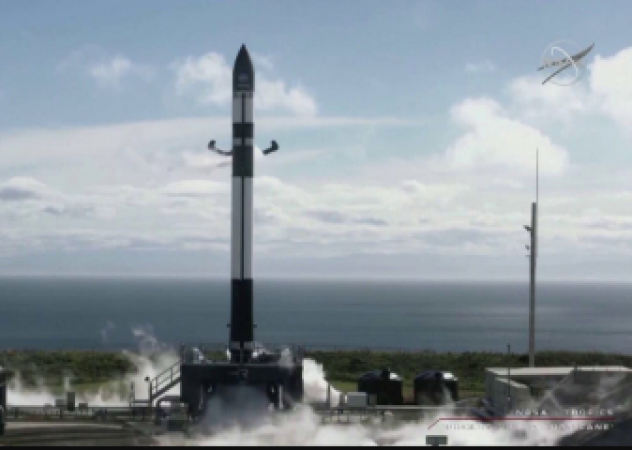
USA: Two tiny satellites that NASA launched into low Earth orbit (LEO) can help with hurricane monitoring. The TROPICS mission includes the two storm-tracking satellites. Time-Resolved Observations of Precipitation Structure and Storm Intensity with a Constellation of Smallsats is the name of the acronym. In the end, this mission will help with tropical cyclone weather forecasting.
The rate of climate change is rising. According to scientists, hurricanes are becoming stronger as the ocean surface warms. The cost of the damage caused by Hurricane Ian, which made landfall in Florida in 2022, totaled more than $100 billion, making it the costliest weather disaster in history. Thus, having a reliable hurricane monitoring system in place is essential.
The two CubeSats, or shoebox-sized satellites, launched from the launch facility in Mahia, New Zealand, on a rocket. Four identical CubeSats that are part of the TROPICS mission will eventually form a constellation that will be used to track tropical cyclones. As opposed to the current weather-tracking satellites, which monitor every six hours, these ones will make observations every hour.
Also Read: JWST has been offering breathtaking vistas of the universe ever since it started operating
In about two weeks, the second pair of CubeSats will launch, completing the TROPICS satellite constellation. Instead of four satellites, the TROPICS mission was initially intended to have a constellation of six. The first two satellites, however, were lost in 2022 when a US Astra rocket malfunctioned shortly after launch.
The satellites' constellation-like orbital pattern distinguishes the TROPICS mission from other space missions. In a tweet, NASA stated that "this constellation approach could change how we study storms." Scientists anticipate that the mission, which is equipped with high-performance microwave sounders, will shed light on what triggers the sudden changes in a storm's structure and intensity.
Also Read: Chandrayaan-3 and ADITYA-L1 are two space missions that ISRO is preparing to launch
According to the mission's official website, the TROPICS mission will "demonstrate that a constellation approach to Earth science can provide improved resolution, configurable coverage, flexibility, and launch access at extremely low cost, thereby serving as a model for subsequent missions." Scientists can more accurately forecast storms by using data on rainfall, temperature, and humidity. This allows them to plan the necessary evacuations for residents of coastal areas.
Also Read: These are the precautions you can take today to prevent online fraud
NASA scientist Will McCarty said, "We still need the big satellites. "What we get from this (TROPICS mission) is the ability to add more information to the flagship satellites that we already have," McCarty continued